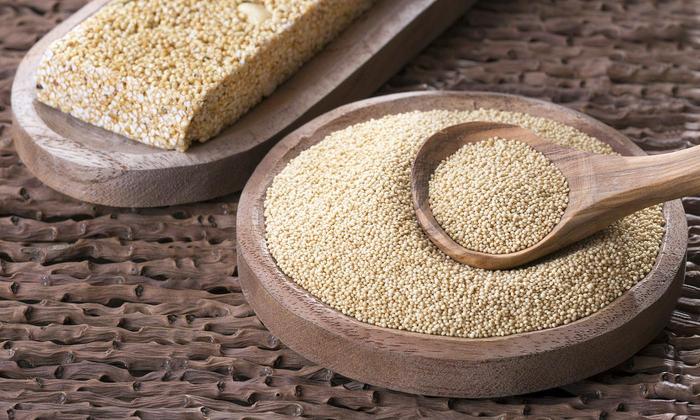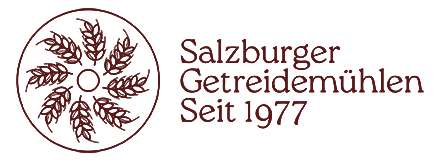
Amaranth (or amaranth) is not a conventional grain. It is used that way, but it is a member of the foxtail family, not the sweet grasses. That is why amaranth is also called a pseudocereal.
Amaranth has been around for a very long time and was one of the staple foods of the Incas and Aztecs. It not only made you full, but was also considered a plant with healing properties.
Today, amaranth is used not only in the form of cereals. The leaves of the foxtail plant can be prepared and eaten just like spinach. The taste is also reminiscent of spinach.
Amaranth has a very high content of protein. It contains up to 19 percent protein, which is much more than other cereals. It has been calculated that one kilo of this pseudo cereal contains as much protein as 15 cups of milk.* Furthermore, the pseudo cereal contains many unsaturated fatty acids.
The high content of iron, which amaranth has, is especially beneficial to pregnant women and women during their periods. It has antiseptic and anti-inflammatory effect.
Moreover, in this pseudocereal you can find a high content of vitamin C, minerals and also fiber.
It should also be mentioned that this pseudo-cereal also contains certain tannins, which can limit the absorption of vitamins and trace elements.
Amaranth is gluten-free and therefore also compatible for people with celiac disease. In grain form, amaranth is a whole grain and has a nutty flavor. It can be cooked and used like rice. However, amaranth is also available in popped form and is added to cake and bread doughs as well as used in bars and mueslis.
Amaranth is also used as flour and can also be ground with our Salzburg grain mills. The Max Spezial, MT 12 and MT 18 mills should preferably be used for this purpose.
When baking with amaranth flour, it is recommended to mix the flour with, for example, wheat flour, as the gluten protein is missing.
It is very important to mention that there is also a food additive with the number E 123, which is also called amaranth. However, this has nothing to do with the pseudo cereal.
If you now still want to know what celiac disease is, you can learn more about it here: https://www.getreidemuehle.com/de/zoeliakie/
Sources:
Münzing-Ruef, I. (1999): Kursbuch gesunde Ernährung. The kitchen as a pharmacy of nature. Munich: Zabert Sandmann GmbH
https://de.wikipedia.org/wiki/Amarant_(Pflanzengattung)
*Münzing-Ruef, I. (1999): Kursbuch gesunde Ernährung. The kitchen as a pharmacy of nature. Munich: Zabert Sandmann GmbH, p. 265
Address:
Gasteigweg 25,
5400 Hallein
Austria
Opening hours:
Monday to Thursday: 09 – 16:00
Friday: 09 – 12:00
Contact:
Phone: +43 6245 83282
E-mail: info@agrisan.at
Address:
Gasteigweg 25,
5400 Hallein
Austria
Opening hours:
Monday to Thursday: 09 – 16:00
Friday: 09 – 12:00
Contact:
Phone: +43 6245 83282
E-mail: info@agrisan.at

